
Kart over Det britiske imperiets
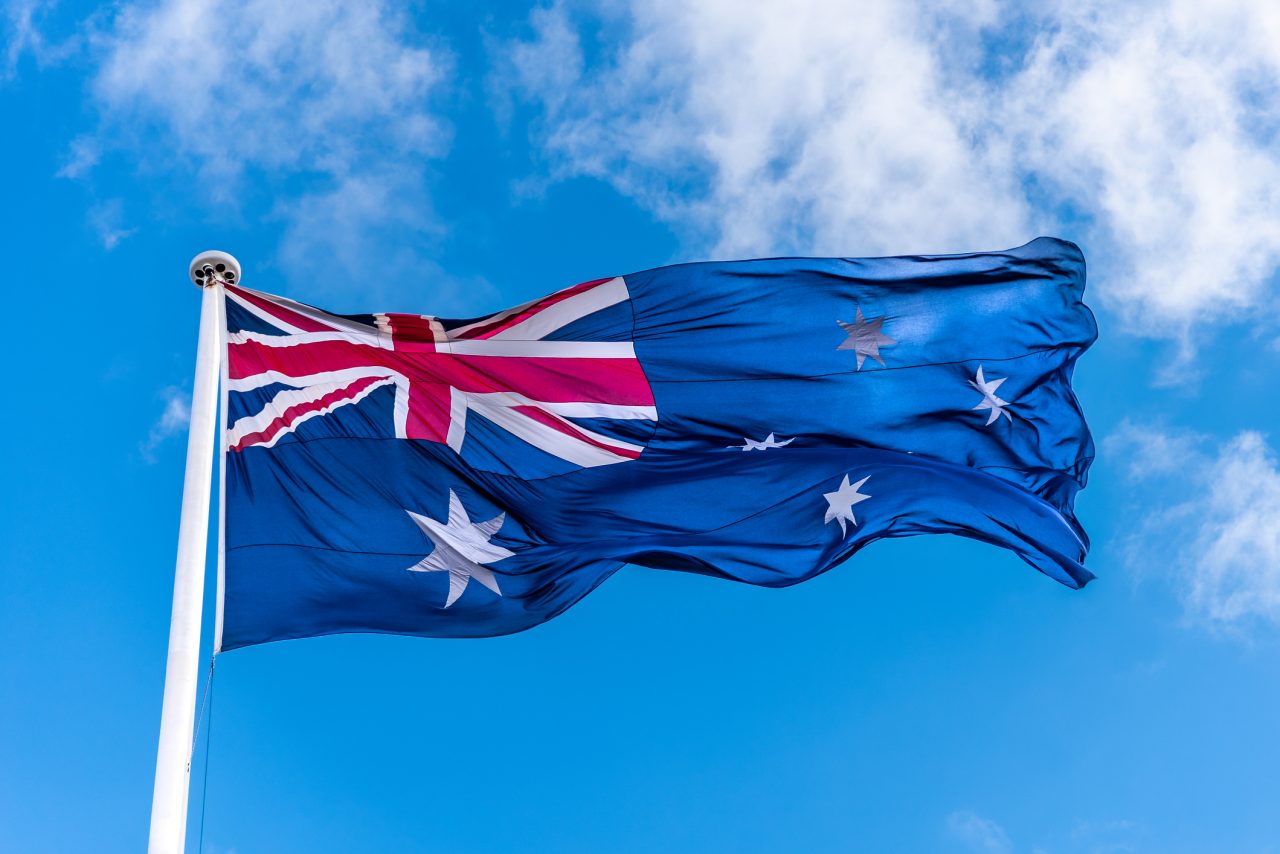
Det australske flaget heist opp i en flaggstang
Canada
The Treaty of Paris was signed when Britain won over the French in the Seven Years’ War from 1756 – 1763. The treaty was a deal where France agreed to give up New France, which Canada was a part of, to the British Empire. Today Canada is still part of the Commonwealth.
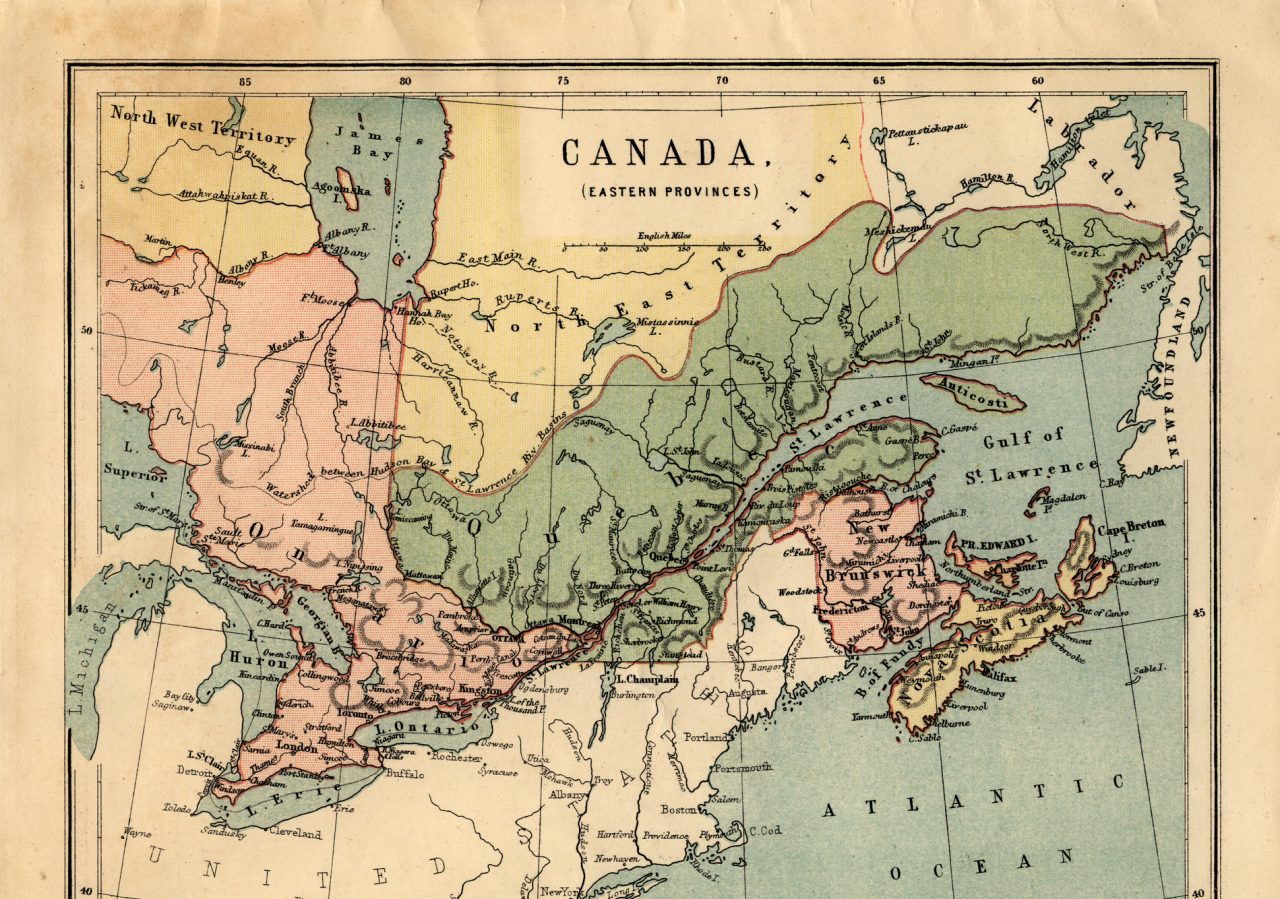
Mid-Victorian map of Canadian Eastern Provinces
West Indies
When Christopher Columbus discovered the New World, a race started between European countries with power. The goal was to colonise the Caribbean Islands. In 1912, the British areas were divided into eight colonies: the Bahamas, Barbados, British Guiana, British Honduras, Jamaica, Trinidad and Tobago, the Windward Islands, and the Leeward Islands. Most got their freedom back between 1960 and 1980.
⬅ Photo from a sugar plantation in Jamaica.
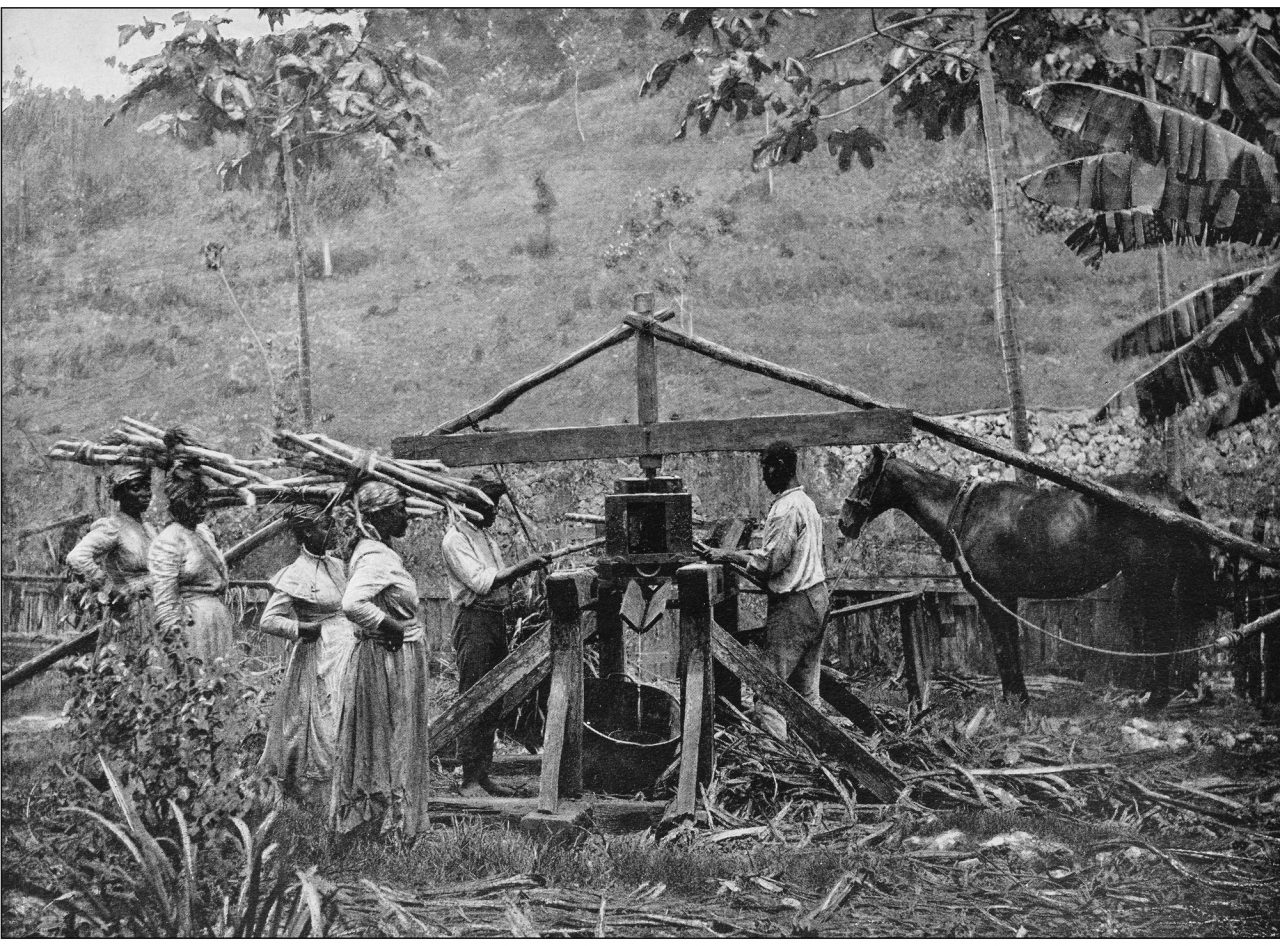
Bilde fra en sukkerplantasje på Jamaica der slaver gjør jobben.
America
Great Britain’s first long-lasting settlement in America was in Jamestown in 1607. In 1783 Great Britain lost its thirteen colonies after years of arguments over taxes and how to rule the colonies.
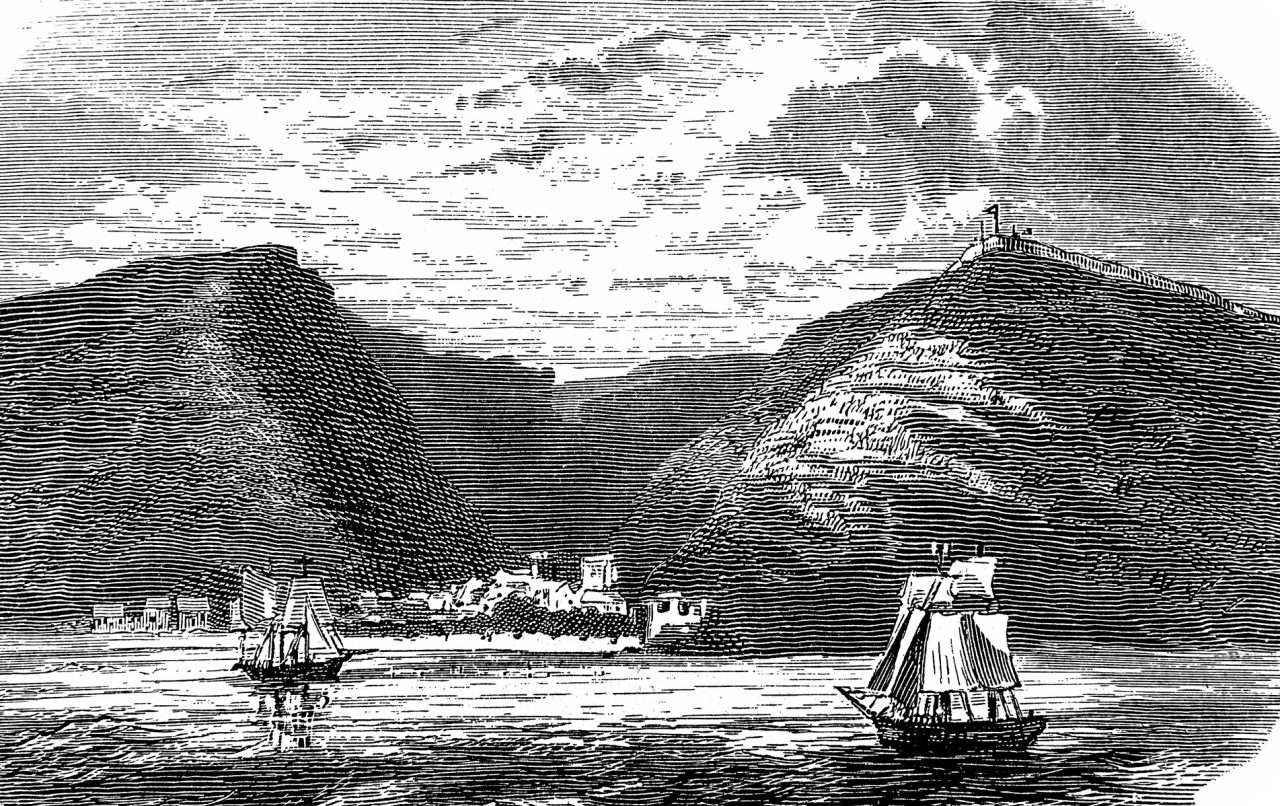
Jamestown, Saint Helena, British Overseas Territories
South Africa
In 1820 around 5,000 British people came to live in Cape Town, South Africa. Cape Town was an important port for trading goods to India, and there were fights in the region. South Africa got full freedom from Great Britain in 1931.
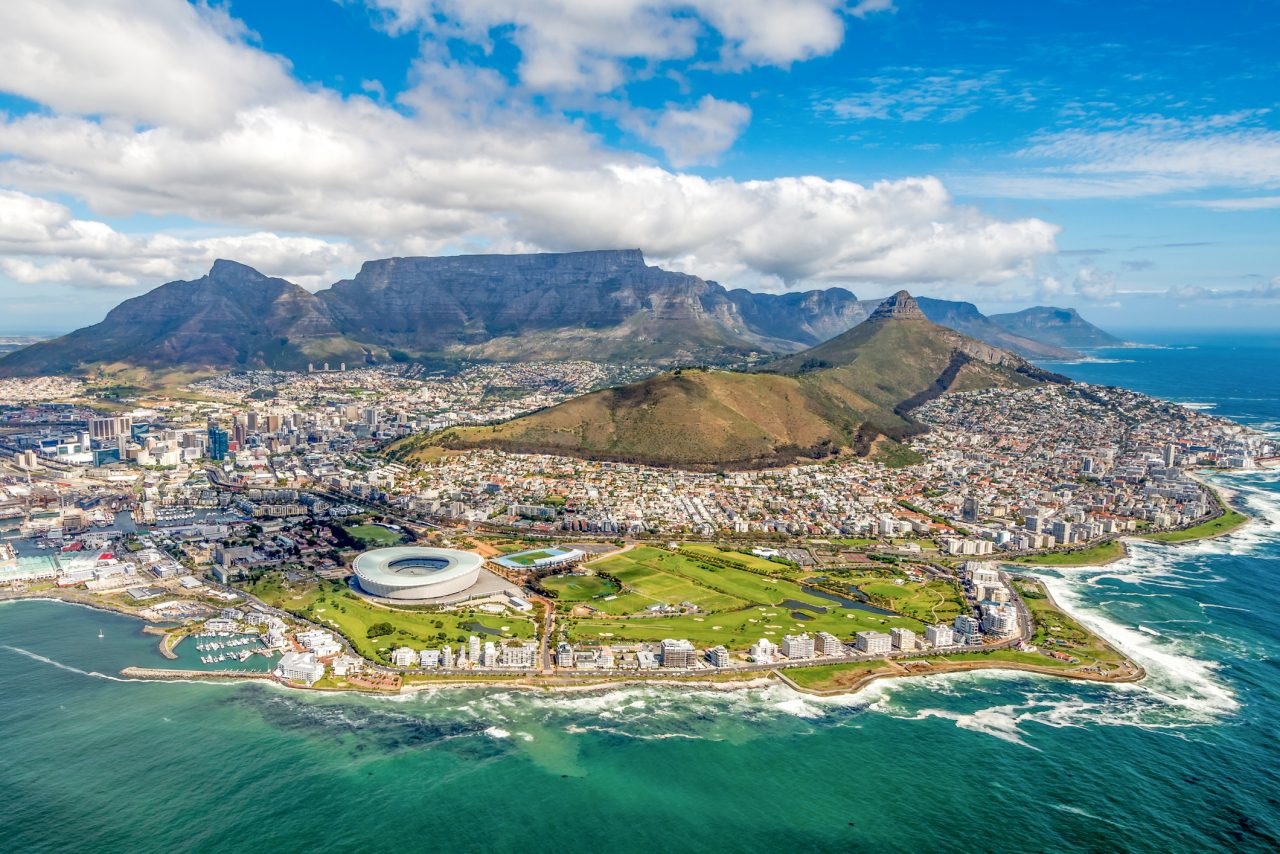
Oversiktsbilde av Cape Town and the 12 Apostels
Australia
The British colonised Australia in 1788. About 90 percent of the native people were eliminated during two years.
⬅ Caricature of a British settlement in Australia in 1850 drawn by illustrator John Leech. ⮕
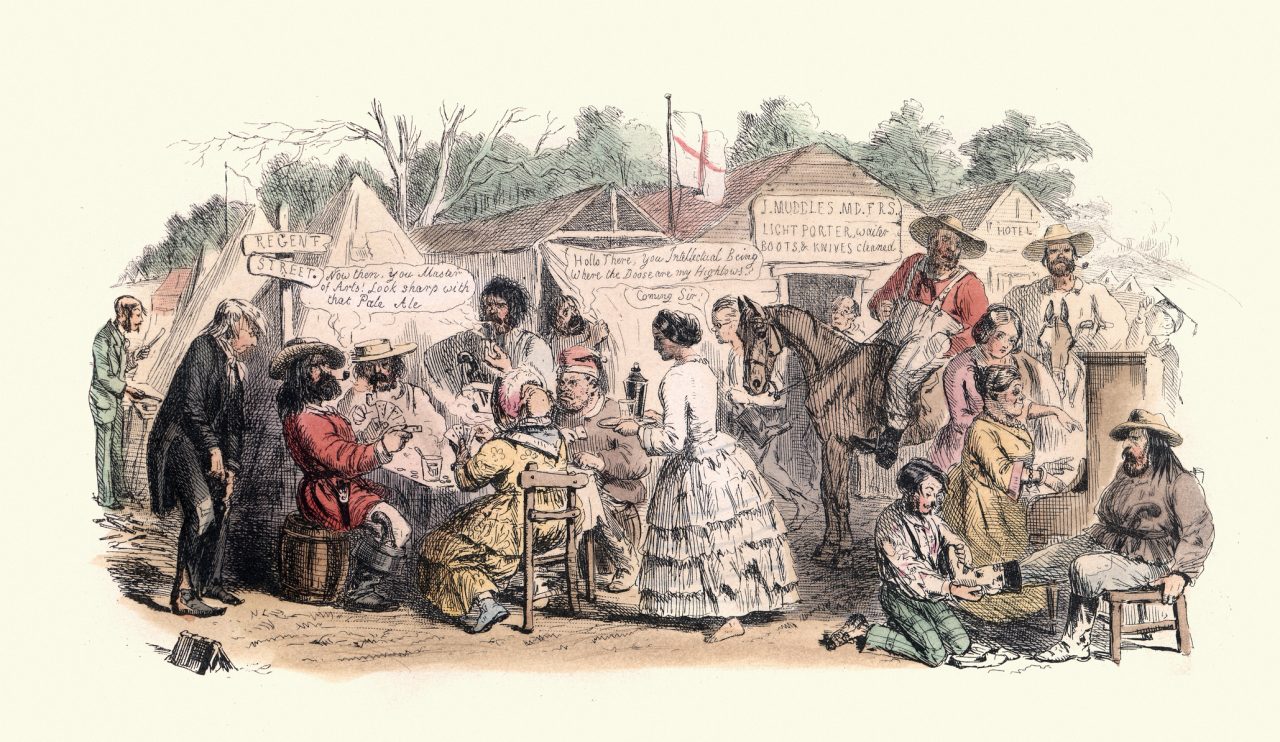
Karikatur av britisk bosetting i Australia i 1850 tegnet av illustratøren John Leech
The Commonwealth
The Commonwealth of Nations was founded in 1949. In the beginning, eight nations were included. Today, 2.4 billion people in 54 countries make up the Commonwealth. The British Queen is seen as the head of the Commonwealth and also as the head of state in some countries.
⬅ The Commonwealth also has its own flag.
A short summary of the British Empire
Sources:
- Vitenskap & historie (nr. 2/2020)
Orage Forlag AS
- Iddeng, Jon Wikene: imperium i Store norske leksikon på snl.no.
Hentet 19. juni 2020 fra https://snl.no/imperium
- Knudsen, Olav Fagelund; Lundbo, Sten: Samveldet av nasjoner i Store norske leksikon på snl.no.
Hentet 19. juni 2020 fra https://snl.no/Samveldet_av_nasjoner
- Wikipedia (15.07.2020): Koloni
https://no.wikipedia.org/wiki/Koloni
- NAOB (15.07.2020): selvstyre
https://naob.no/ordbok/selvstyre
Media Rights:
-
-
Alamy
-
Getty Images
-
Getty Images
-
Getty Images
-
Getty Images
-
Getty Images
-
Getty Images
-
Getty Images
-
WatchMojo.com – Youtube
-


